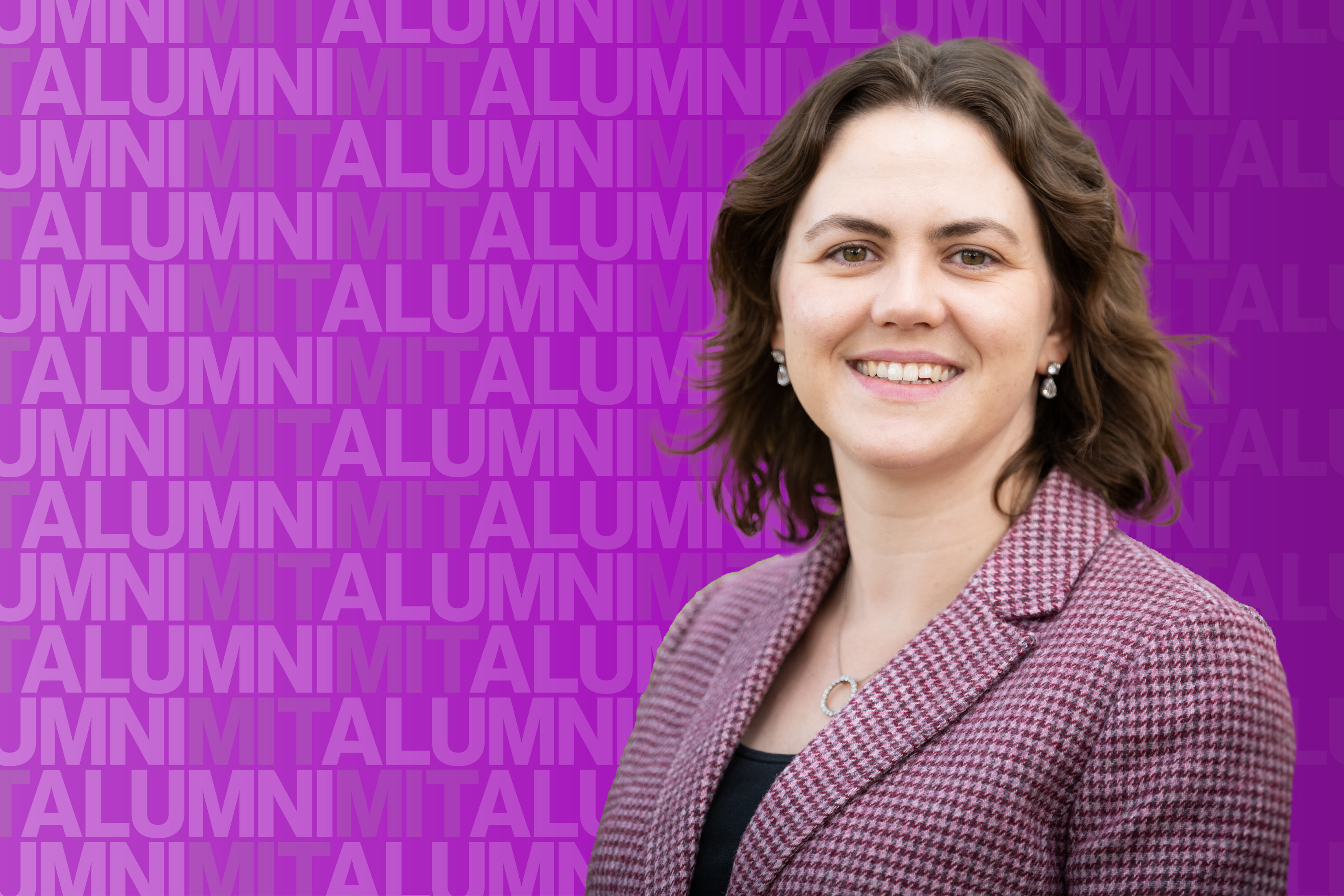Applying the Beauty and Rigor of Math to Social Sciences
-
-
MIT Technology Review
Filed Under
Recommended

Growing up in Serbia, Nataša Dragović ’14 had no interest in politics. She also had no plans to become a mathematician like her parents. Yet today she’s an assistant professor of mathematics at the University of St. Thomas in Minnesota, where her work applies probability to social science problems such as how opinions—including political opinions—change over time.
Among other topics, Dragović studies how American voters are influenced and whether techniques such as ranked-choice voting would lead to fairer outcomes that satisfy voters more than the current system. She’s also looking at modeling how political candidates alter their stances to win elections. “I’m working to see what happens if voters become polarized,” she says. “How does that affect the political candidate’s optimal strategy?”
Her team’s preliminary research has shown that candidates who are more flexible and faster to adapt their opinions are likelier to win, revealing that taking extreme positions can confer advantage in a struggle for political survival. At the same time, Dragović says, “we’re very aware that it’s a still a math model and an abstraction of the real world, so we’re not saying this is the truth on the ground.”
Dragović’s interdisciplinary interests extend far beyond the realm of mathematics and social science. Since January 2023, she has been the general secretary of the International Olympiad on Astronomy and Astrophysics. She previously served as president of the USA Astronomy and Astrophysics Organization, helping to coordinate the annual USA Astronomy and Astrophysics Competition and coaching top US students.
But mathematics, Dragović says, is her chosen field—one that she finds beautiful and rigorous. After completing her bachelor’s in math at MIT, she earned a PhD at the University of Texas in Austin. The close international community she developed at MIT still feels like home, she says, and its engineering-style approach to problems—breaking them down and asking how to solve them—stood in sharp contrast to her earlier, largely theoretical education in Serbia. Even sailing, taught hands-on using physics to explain the forces of wind and water, informed her future perspective.
“The first lesson they teach you is how you rig a boat,” she recalls. “By the second class, we’re already on the water trying to figure it out. It was a big shock for me, but I was like, ‘OK, I can go and do it.’ It was the same in biology, chemistry, and math classes. That attitude really helps later on.”
This story also appears in the November/December issue of MIT Alumni News magazine, published by MIT Technology Review.
Photo illustration by Gretchen Neff Lambert; image courtesy of Nataša Dragović







